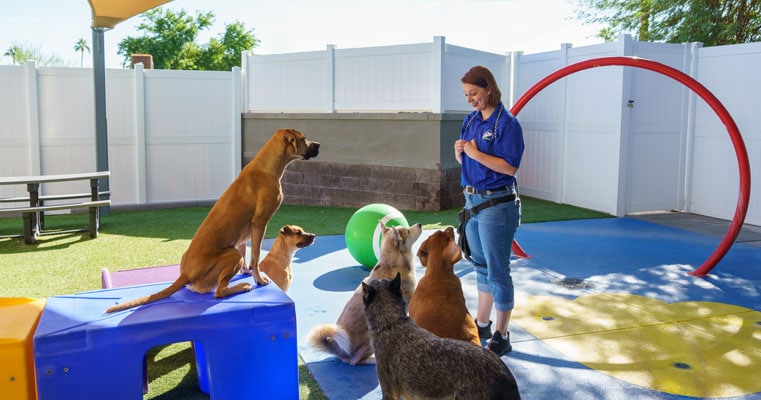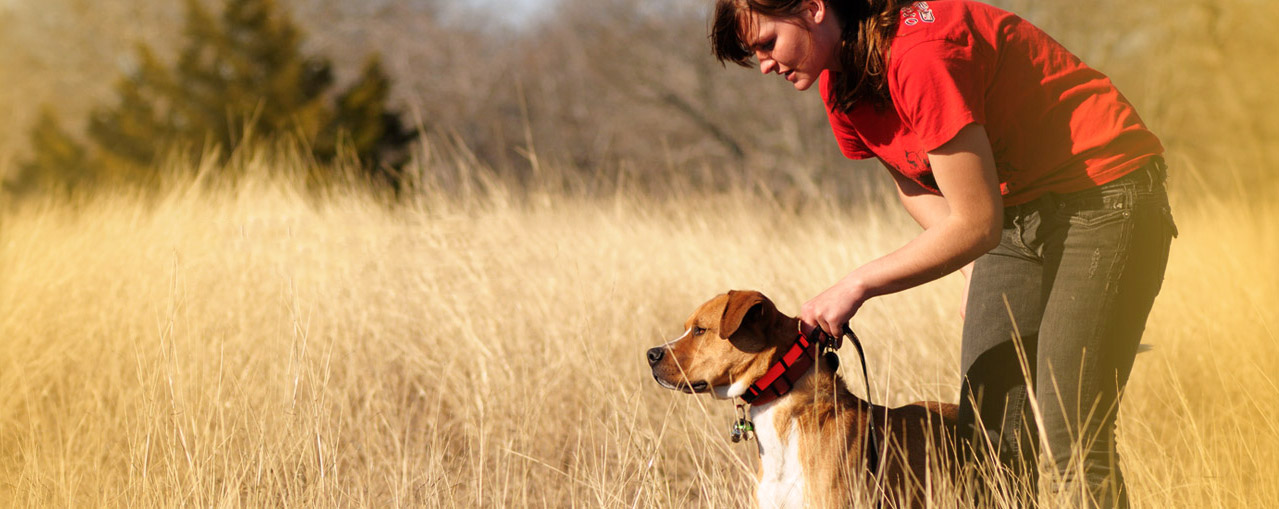Exactly how to Select the Right Technique for Successful Dog Training
Exactly how to Select the Right Technique for Successful Dog Training
Blog Article
Vital Tips for Successful Dog Training: A Guide for Animal Owners
Effective pet training is a complex process that calls for a critical technique tailored to both the pet dog's character and the owner's purposes. Comprehending just how to navigate these barriers can considerably enhance the training experience, inevitably transforming the partnership between proprietor and canine.
Recognizing Dog Actions
Understanding canine habits is important for efficient training and cultivating an unified relationship between dogs and their proprietors. dog training. Pets communicate mostly via body language, vocalizations, and activities, making it vital for owners to translate these signals properly.

Socializing plays a substantial function in pet dog actions; direct exposure to different atmospheres, people, and other animals can significantly impact a canine's temperament. Additionally, aspects such as type features and specific personality should direct training methods, as some types may have specific behavioral traits that necessitate customized methods. By comprehending these elements, proprietors can create a helpful environment that urges positive actions, resulting in effective training results and a much deeper bond with their family pets.
Establishing Constant Commands
Effective interaction with your dog starts with establishing constant commands. This fundamental aspect of training is essential for cultivating understanding between you and your family pet. Consistency in the commands you utilize makes certain that your canine can accurately associate details words or phrases with the preferred actions.
When selecting commands, select clear, distinct words that are very easy to separate and claim from one another. Stay clear of using similar-sounding commands that may puzzle your pet. For instance, utilizing "rest" and "remain" is suitable, however "rest" and "struck" could result in misconceptions.
Additionally, preserve the exact same tone and volume for each command. Pets are sensitive to vocal hints, so differing your tone can create confusion.
It is similarly crucial to make sure that all household members get on the very same page relating to the commands utilized. A united front in command usage will certainly stop blended signals and reinforce the knowing process.
Favorable Support Methods
The power of positive reinforcement in pet training depends on its capacity to encourage wanted actions with benefits and praise. This technique is grounded in the concept that actions followed by favorable end results are more probable to be duplicated. By integrating favorable reinforcement right into your training program, you can effectively form your dog's actions in a useful fashion.
To carry out positive support, it's necessary to identify what inspires your canine, whether it be deals with, toys, or verbal appreciation. When your dog executes a desired activity, such as resting on command, immediately reward them with a treat or affection. This association between the command and the positive end result enhances their understanding.
It's essential to timing the rewards correctly; delivering the reinforcement within secs of the desired behavior assists your pet dog make the link (dog training). Additionally, uniformity is essential-- make sure that all member of the family make use of the same commands and reward systems to avoid complication

Gradually, you can minimize the regularity of deals with as your dog learns the habits, transitioning to applaud or recurring rewards. This method not only promotes a solid bond in between you and your dog but likewise advertises a favorable learning environment, making training a delightful experience for both.
Socialization and Interaction
Constantly exposing your pet dog to a variety of environments, people, and other pets is critical for their social development. Socialization should start early, preferably throughout the critical home window of 3 to 14 weeks, when pups are most responsive to brand-new experiences. Nonetheless, older pets can additionally take advantage of recurring socializing efforts.
Present your pet to different settings, such as parks, pet-friendly shops, and city locations. This direct exposure assists them adjust to numerous stimulations, reducing pop over to this web-site stress and anxiety and worry actions. Motivate favorable communications with various other dogs and people, guaranteeing that these encounters are regulated and risk-free to foster confidence.
Utilize structured playdates with well-mannered dogs, as this can improve your canine's social abilities and show them appropriate actions. Obedience classes and training sessions additionally supply outstanding opportunities for socialization, enabling your dog to connect with others in a supervised setting.
Monitor your pet dog's body movement during communications, as this will assist you gauge their comfort degree. Gradually boost exposure to Extra resources more tough situations while making certain that each experience declares. A well-socialized pet is more probable to exhibit balanced habits, making them a pleasure to have in any type of setup.
Resolving Common Training Difficulties
Every pet owner will run into training challenges at some time, no matter their pet's age or socialization level. Determining typical concerns such as stubbornness, interruptions, and terror can aid in developing effective techniques for enhancement.

Gradually present disturbances as the pet comes to be a lot more efficient in commands. Short, regular training sessions are likewise effective in maintaining attention.
Terror can prevent a dog's discovering process. Gradual desensitization to the source of anxiety, coupled with favorable reinforcement, can aid alleviate anxiousness. Persistence is important; never force a pet right into a situation that creates distress, as this might intensify the issue.
Inevitably, understanding and attending to these common obstacles with a structured approach will certainly promote a more effective training experience, enhancing the bond in between pet dog and owner while advertising effective understanding.
Final Thought
In recap, effective dog training counts on an extensive understanding of canine actions, the establishment of regular commands, and the application of favorable reinforcement strategies. Socialization plays an essential role in developing well-adjusted pets, while resolving usual training difficulties needs patience and adaptability. By executing these necessary techniques, pet owners can promote a strong bond with their pets and promote desirable habits, ultimately leading to a harmonious partnership in between human beings and their canine buddies.
Recognizing canine behavior is vital for efficient training and fostering a harmonious relationship in between dogs and their owners.Socialization plays a significant duty in dog behavior; exposure to different settings, more info here individuals, and other animals can substantially influence a dog's temperament.The power of positive reinforcement in canine training exists in its capacity to urge wanted behaviors through benefits and appreciation. By including positive support into your training routine, you can successfully shape your dog's behavior in a constructive manner.
In summary, successful dog training relies on a detailed understanding of canine habits, the establishment of constant commands, and the application of positive reinforcement methods.
Report this page